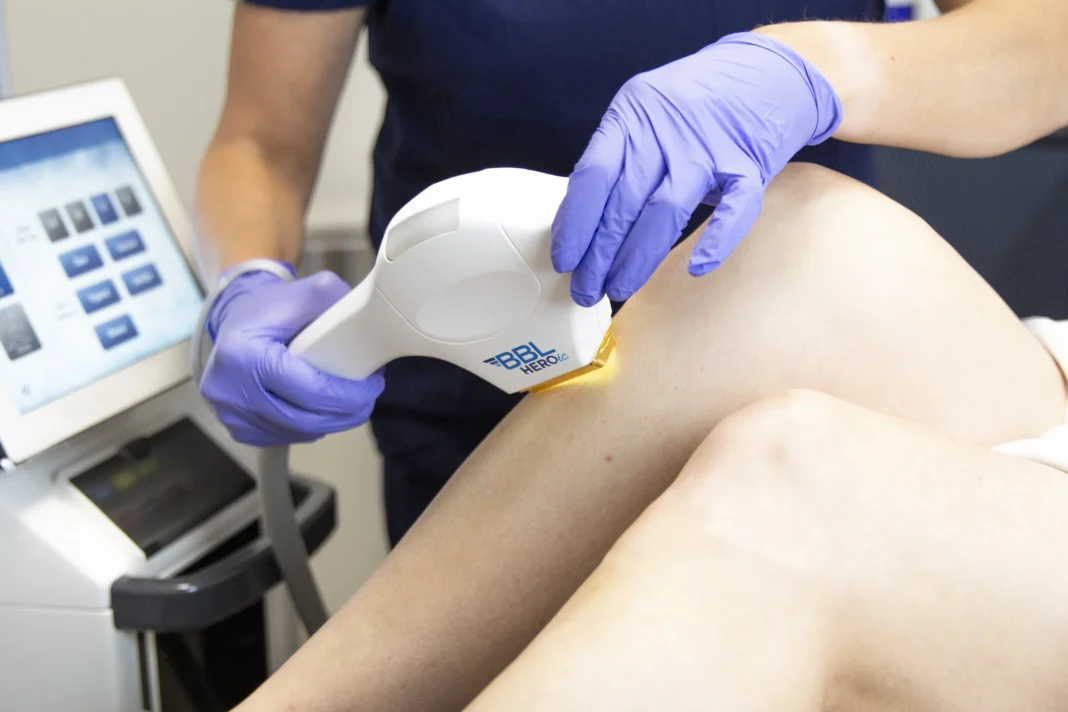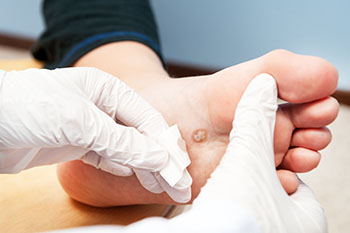Laser hair removal is a medical procedure that uses concentrated light beams to target hair follicles, offering a long-term hair reduction option. The treatment provides a semi-permanent solution for unwanted hair across various body areas. Understanding the process helps patients make informed decisions about whether this procedure aligns with their hair removal goals.
What Is Laser Hair Removal?
Laser hair removal is a cosmetic medical procedure that uses focused light energy to damage hair follicles, inhibiting future hair growth. The treatment uses specific wavelengths of light that target melanin in hair shafts. Medical practitioners perform this procedure in clinical settings using FDA-approved laser devices. The process differs from temporary hair removal methods like shaving or waxing, and it provides longer-lasting results through follicle disruption.
How Does It Work?
The laser device emits concentrated light that penetrates the skin and targets pigmented hair follicles, and this selective targeting minimizes damage to surrounding skin tissue. Light energy converts to heat when absorbed by melanin in the hair shaft, damaging the follicle structure responsible for hair production. Multiple treatment sessions are necessary for comprehensive results.
The treatment parameters are adjusted based on individual skin and hair characteristics, and these customizations optimize both safety and effectiveness. Darker hair responds most favorably to laser treatment due to higher melanin content. Lighter hair colors may require specialized laser types or alternative treatment approaches.
What Areas Does It Treat?
Laser hair removal can address unwanted hair on most body areas, and common treatment zones include the face, legs, arms, underarms, and bikini area. The back and chest are additional areas treated in both female and male patients. The procedure can effectively treat both small and large surface areas, with treatment duration varying accordingly. Certain areas potentially require special attention due to skin sensitivity or proximity to sensitive structures.
What Does the Treatment Involve?
The treatment process begins with a consultation where the practitioner evaluates skin type, hair characteristics, and medical history to determine treatment suitability and parameters. Patients receive pre-treatment instructions regarding sun exposure and hair removal methods. The treatment area is cleansed and marked for systematic coverage.
During the procedure, patients and practitioners wear protective eyewear, and the laser handpiece is positioned against the skin. The device delivers controlled pulses of light energy to the treatment area. Patients may describe the sensation as similar to a rubber band snapping against the skin.
Post-treatment care involves applying cooling measures and sun protection, and patients receive specific aftercare instructions. Temporary redness and swelling are normal immediate responses. Follow-up appointments are scheduled according to hair growth cycles, typically 6-8 weeks apart.
What Are the Benefits?
This hair removal option provides long-term hair reduction that surpasses temporary removal methods, and some patients may experience permanent hair loss in treated areas. The procedure eliminates the need for frequent shaving, waxing, or plucking. Treatment results typically last for months to years after completion of the session series.
The precision of laser technology allows for the selective targeting of unwanted hair while preserving surrounding skin, reducing ingrown hairs. Treatment can address large areas efficiently during single sessions. The procedure also reduces hair density and coarseness, even in areas where complete removal is not achieved.
Know What To Expect
Laser hair removal offers a practical approach to long-term hair reduction through targeted follicle disruption, and understanding the process helps patients set realistic expectations. Results vary based on individual factors, including hair color, skin type, and hormonal influences. Schedule a consultation to discuss your specific hair removal goals and determine treatment suitability.
- Aurö: A Comprehensive Guide to Mindful Design in AI, Branding, and Wellness Tech
- How a Certified Midwife Can Support Your Birth Experience
- Jadeitový Kameň: The Alluring Beauty and Power of Jadeite
- Plangud: A Comprehensive Overview for Construction and Carpentry Enthusiasts
- Nurture Tech Tips EmbedTree: Unlocking Growth and Advancing Skills in the Digital Age





